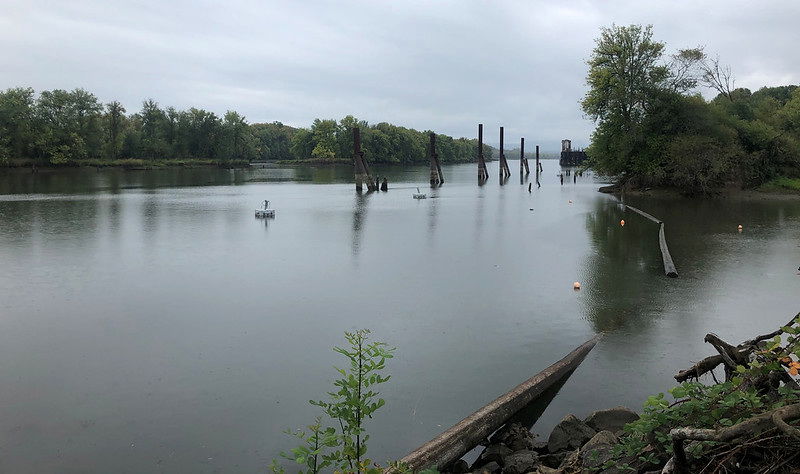OSU program awarded $12.7 million grant for Superfund research

CORVALLIS, Ore. (KTVZ) – An Oregon State University-led research program has been awarded a $12.7 million grant to serve the Pacific Northwest by studying harmful chemicals found at federally designated hazardous waste sites.
The Oregon State University Superfund Research Program received the five-year grant from the National Institute of Environmental Health Sciences. The program has now received more than $40 million from the NIEHS since 2009.
The program, which includes research partner Pacific Northwest National Laboratory (PNNL), will continue to focus on the effects of polycyclic aromatic hydrocarbons on human health. The pollutants, known as PAHs, are produced when coal, gas, oil and wood are burned.
PAHs have been found to cause cancer, impede normal development and target neurological systems. A recent study showed a strong association between maternal exposure to PAHs and childhood cognition and attention deficit disorders, as well as obesity and asthma.
“Our program’s research will help local, state and federal agencies, like the U.S. Environmental Protection Agency, better understand the risk posed by PAHs,” said center director Robyn Leigh Tanguay, an OSU Distinguished Professor and molecular toxicologist in the College of Agricultural Sciences.
Interacting with communities impacted by nearby hazardous waste or exposure to PAHs is an important additional component of the program’s research. Approximately 53 million Americans — about 16% of the population – live within three miles of more than 800 hazardous sites administered by the EPA Superfund program.
For example, the EPA listed the Portland Harbor as a Superfund Site in 2000. The harbor is the subject of several Superfund Research Program’s projects. Tribal lands are also a focus for the OSU-PNNL center. Researchers will work with the Swinomish Indian Tribal Community and the Confederated Tribes of the Umatilla Indian Reservation to identify and prioritize tribal environmental research questions and concerns, among other things.
Under the new grant, Susan Tilton, an assistant professor in OSU’s Department of Environmental and Molecular Toxicology, will lead a project to assess the respiratory toxicity of PAHs in complex mixtures from Superfund sites. Her lab will build a 3D model of a lung using human cells. The model mimics a lung, even producing mucus, allowing researchers to more accurately study chemical toxicity to humans.
PNNL brings unique expertise in chemical fate, transport and exposure across experimental systems and humans, as well as data analytics and advanced instrumentation for tracking chemical transformation and toxicity.
In 2009, the NIEHS designated OSU as home to one of the nation’s 18 Superfund Research Programs and awarded the university $12.4 million to study the health risks from PAHs in the Pacific Northwest and China. The NIEHS awarded the program a second five-year, $15.4 million grant in 2013.
“The Superfund Research Program is exactly what research is about at Oregon State University: Bringing together a multidisciplinary team of dedicated researchers to solve global issues that directly impact people in our communities,” said Irem Tumer, interim vice president for research at OSU.



